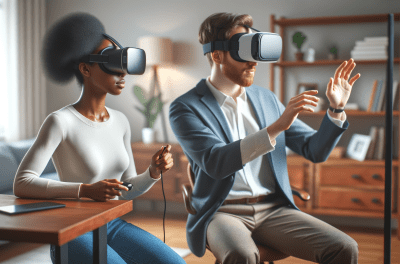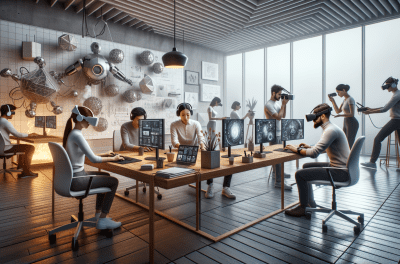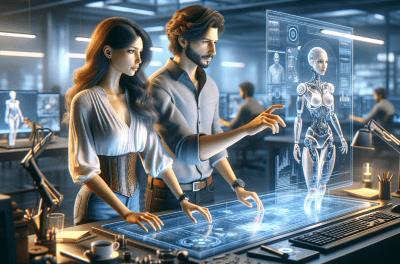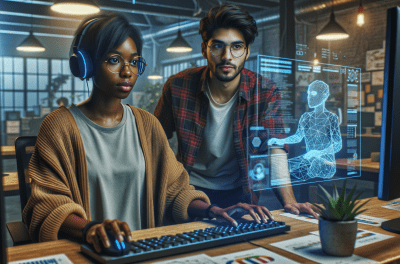Integrating multi-sensory feedback in VR can significantly enhance the immersive experience, making virtual environments more engaging and realistic. This...
Real-Time Global Illumination Using Ray Tracing: The Path to Visual Fidelity
Overview of Real-Time Global Illumination What is real-time global illumination? Real-time global illumination (GI) is a technique used in...
Real-Time Ray Tracing in VR: Technical Considerations and Challenges of Implementation
Overview of Real-Time Ray Tracing in VR Ray tracing is a rendering technique that simulates how light interacts with...
AI-Enhanced Ray Tracing: A Comprehensive Guide for Developers
Overview of AI Ray Tracing What is AI-enhanced ray tracing? AI-enhanced ray tracing is a technique that uses artificial...
How Artificial Intelligence is Revolutionizing Cloud-Based Games
Key Points AI in Game Design AI has revolutionized game design by enabling developers to create more dynamic and...
Machine Learning Blueprints for Smarter AI in Games
Overview of Machine Learning Blueprints Key Points What are machine learning blueprints? Machine learning blueprints are predefined templates or...
The Multiplayer UI Toolkit: Frameworks for Building Scalable Interfaces
Overview of Scalable UI Frameworks Key Points Definition and Importance Scalable UI frameworks are essential in the development of...
Beat Player Churn: Predictive Analytics for Game Retention
Overview of Predictive Analytics in Player Dropout Prevention Key Points Definition and Importance Predictive analytics involves using historical data,...
Neurofeedback Integration in VR Gaming
Overview of Neurofeedback in VR Gaming Key Points What is Neurofeedback? Neurofeedback (NF) is a type of biofeedback technique....
Cross-Platform Multiplayer Game Development: A Step-by-Step Guide for Developers
Overview of Cross-Platform Multiplayer Game Development Key Points Technical Foundations Developing a cross-platform multiplayer game requires a robust technical...









